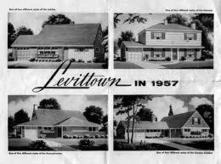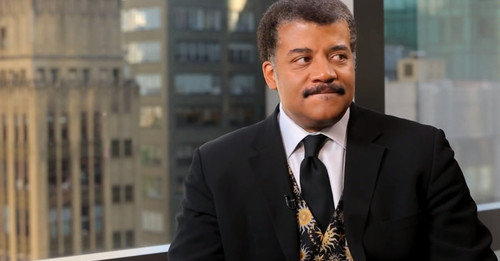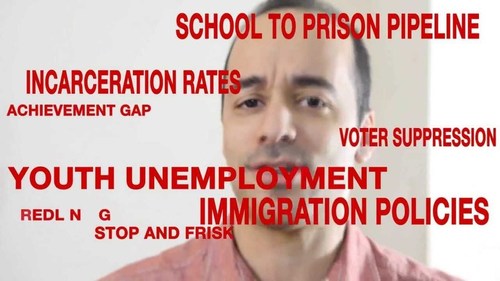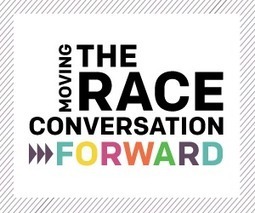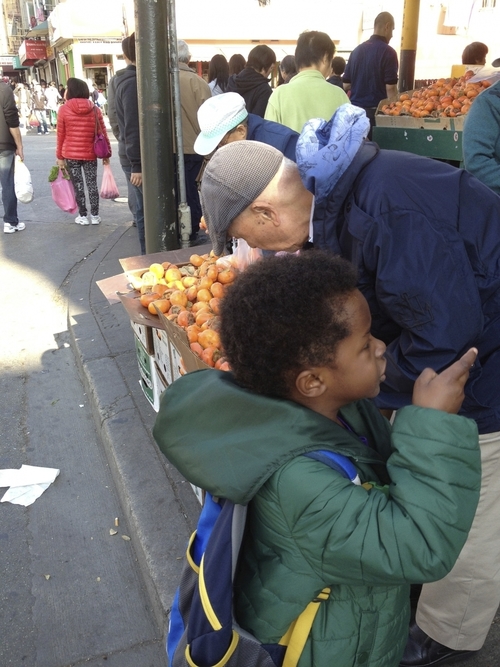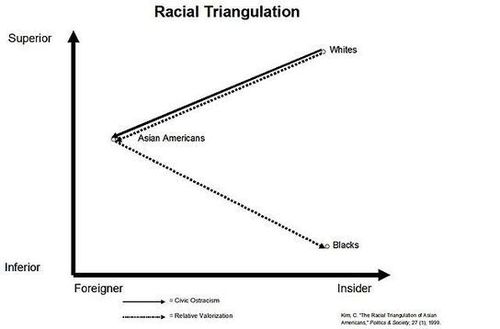The whole article is worth reading, but if you don’t have time, here are some highlights:
“In this struggle we can’t give up on white people. I know this will disappoint some more militant (or maybe just sick and tired) readers, but unless we can move more whites onto our side, we will never end racism.
…
But, whites’ relative proximity to power doesn’t make them evil, just more influential.
…
The white middle class in the U.S. rose from the rubble of the Great Depression as a result of an economic stimulus package of programs and policies that was won by the Roosevelt administration. But winning that package of programs required cutting a deal with racially conservative Southern legislators that made Roosevelt’s stimulus racially exclusive.
…
Those government programs that created the white middle class were paid for by every worker, including workers of color.
…
Race is a cage that keeps all but the most powerful among us trapped in perpetual insecurity, fighting against one another for privileges rather than with one another for power. But the bars of that cage are tempered not just by privilege but by fear.
…
We need to approach the project of winning racial justice as a struggle against fear.
…
In order to win against racism, we need more than criticism of those who appear to be hoarding the goods. We need solutions that make room in our still far from complete democracy for all of us so that none of us need fear exclusion, exploitation, and the humiliation of being denied basic human dignity. And isn’t that what justice is all about anyway?”
See on www.racefiles.com


